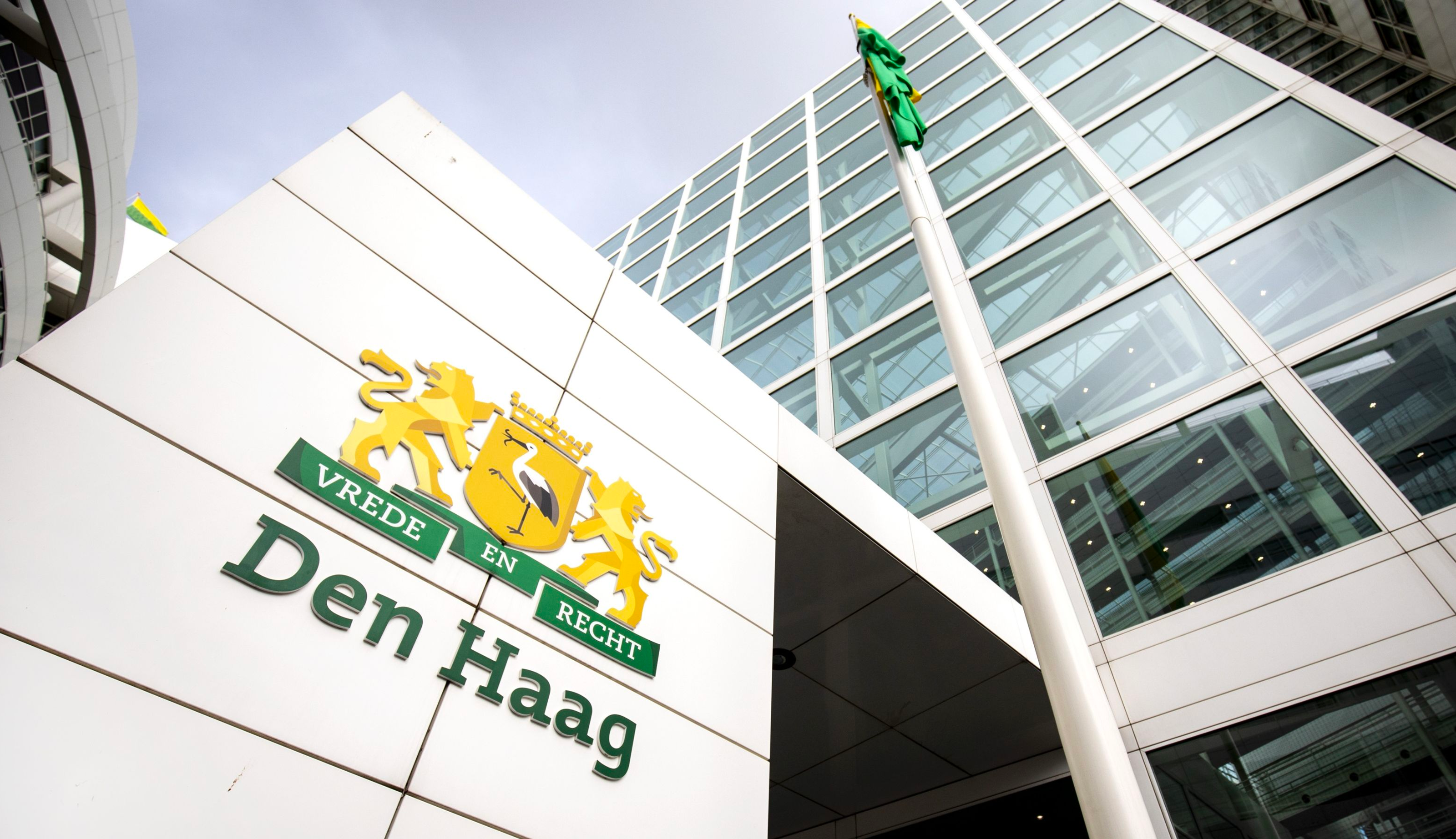Transitioning from Universal Analytics 360 to Google Analytics 4 and Streamlining Data Analysis
Miele X
- Customer case
- Technical Web Analytics
- Data Analytics
- Data consultancy
- Data projects



There are currently a lot of developments surrounding Google Analytics, including user privacy (GDPR) and the sunset of Universal Analytics. For Miele X, the digital branch of Miele, GA4 was also one of the topics on their agenda as part of their bigger plans towards a more privacy-centric and vendor-agnostic way of data collection. They enlisted our help to support them with the transition from Universal Analytics 360 to GA4.
Approach
A requirement from Miele X was to ensure that the data layer could be used for both UA and GA4 for parallel tracking during the transition period. To accomplish this, we settled on a hybrid data layer which both UA and GA4 uses. This facilitated the use of both versions and enables Miele X to easily remove the UA part from the data layer at a later stage.
The implementation of GA4 involved several steps:
1. Assessing and consolidating current tagging per sales country: In collaboration with Miele X's Technical Web Analysts, we standardised all tagging and merged the core setup into a single GTM container per webshop platform. If there were tags only used in a single country they were put into a separate, country-specific, container allowing us to evaluate all UA tags and data collection more easily.
2. Creating a tag overview: An initial overview of all tags was created to clearly understand the data being collected, the purpose of the collection, and the responsible parties. Tags that were no longer relevant for collection were excluded from the transition to GA4.
3. Configuring GA4: In consultation with Miele X's Data Analysts, the required settings (e.g., reporting identity, referral exclusion, goals) were determined and documented. The Data Analysts are currently in ongoing talks with Data Quality and Governance about the validity and legal aspects of these settings.
4. Setting up GA4 tagging: Simultaneously with configuring the platform, we implemented client-side, the GA4 tag setup based on the tag overview for the webshop platforms. Each tag was assessed to enhance or modify it and identified instances where developer assistance was needed, such as data layer modifications, adding/removing data attributes, and transitioning away from CSS selectors.
5. Iterate: The last three steps of the approach are part of an iterative process where, based on new incoming requests from stakeholders and improvements reported by Analysts, adjustments are incorporated in the tagging overview and properly implemented. While establishing a tagging structure and overview, it's crucial to balance the inclusion of unique GA4 parameters with the readability and clarity of the tags and their corresponding parameters. GA4 imposes constraints on the quantity of parameters that can be registered within a property. Thus, repurposing parameters, as long as it doesn't compromise readability, proves to be advantageous.
Results
The initial GA4 implementation for the different webshop platforms has been completed, and they are currently collecting data. It is an ongoing process together with Miele X's Tracking Team, Data Analysts and Data Governance team to optimise usage and tagging.
Currently Miele X is busy setting up trainings and building training material to communicate the changes in data collection between UA and GA4 to the sales countries.
Future
Presently, different webshopplatforms are actively gathering Google Analytics data through client-side methods. This data collection process is continuously undergoing enhancements and rigorous data quality assessments.
Miele X has embarked on a server-side tagging initiative, driven by the objective of attaining vendor independence in the coming times. This strategic move not only aligns with future objectives but also facilitates seamless adherence to privacy and regulatory mandates specific to each sales country.
Want to know more?
Stefan will be happy to talk to you about what we can do for you and your organisation as a data partner.
Business Manager+31(0)20 308 43 90+31(0)6 33 65 99 17stefan.put@digital-power.com
Receive data insights, use cases and behind-the-scenes peeks once a month?
Sign up for our email list and stay 'up to data':



